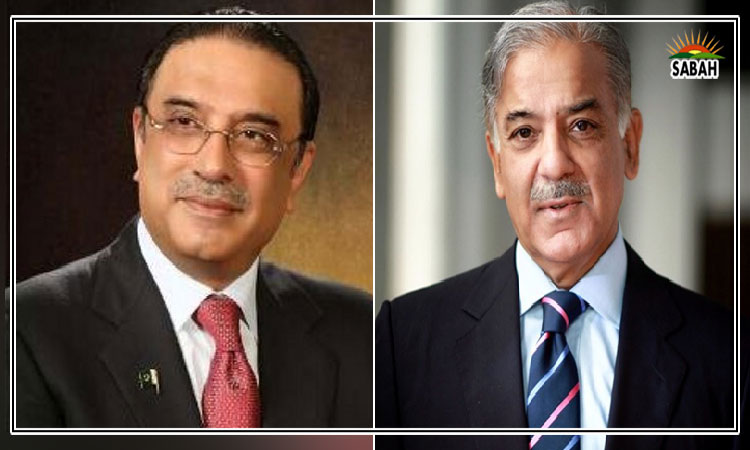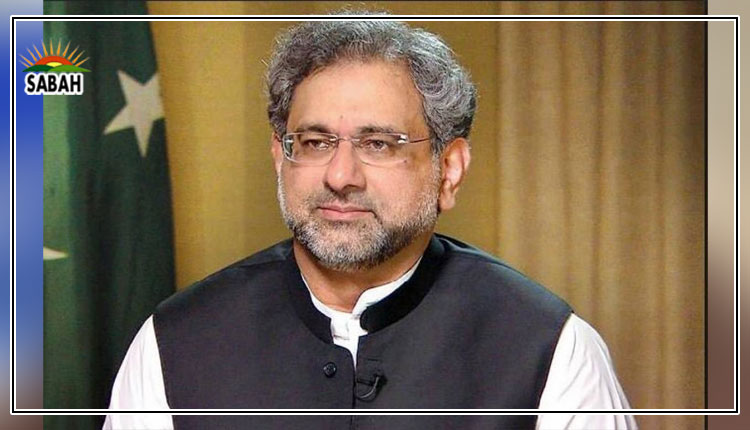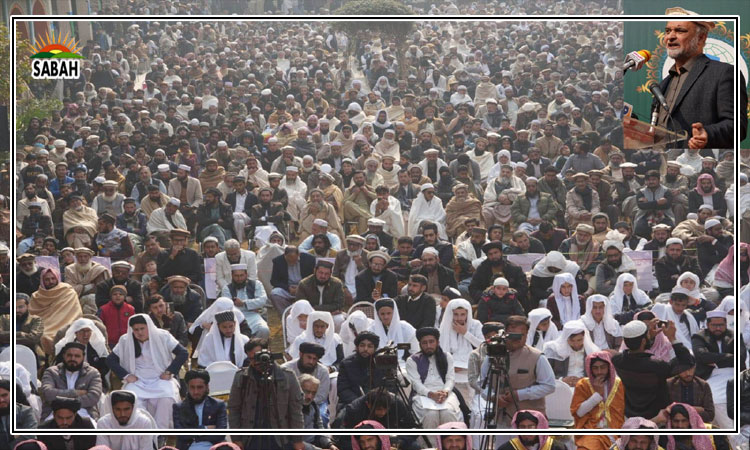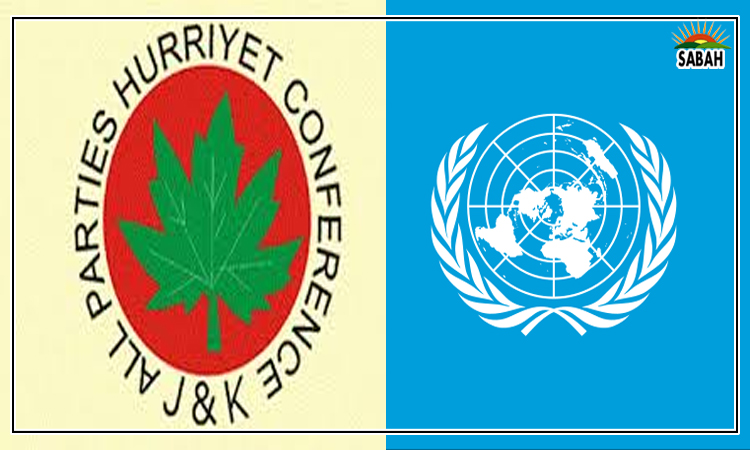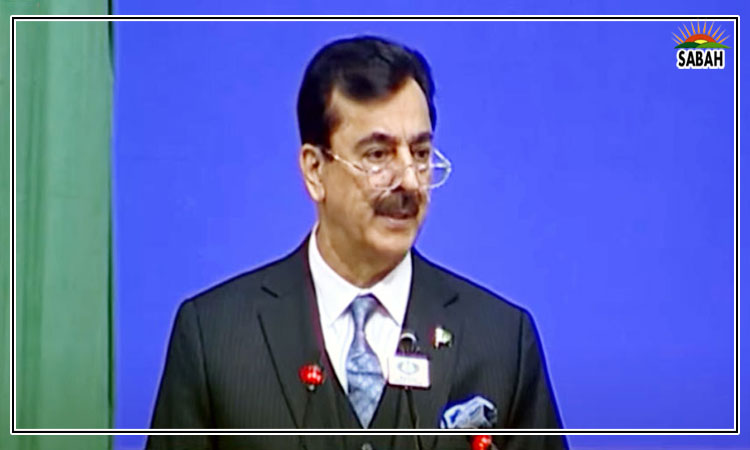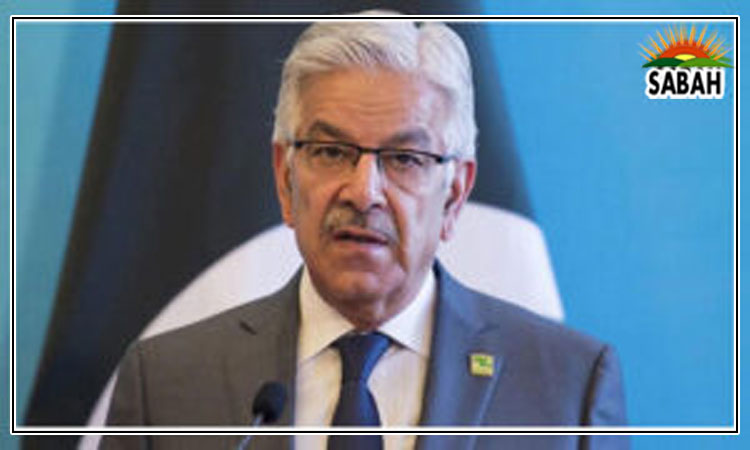Is Pakistan a victim of debt diplomacy?… Syed Mohammad Ali
Pakistans external debt stock of over $125 billion dollars has brought it to the brink of default. With its economy heavily dependent on imports, the country remains unable to boost its exports, or to effectively generate revenue through progressive taxation. The growing pressure to repay foreign debts not only constrains Pakistans ability to spend money on meeting the demands of its citizenry, but also subjects the country to undue external influence.
External financing is hardly an altruistic endeavour. Financial aid has many strings attached to it. While there has been growing concern within the West about Chinas use of debt diplomacy, the fact remains that powerful Western countries such as the US also use foreign aid as a carrot to influence poorer countries. The US itself provides grants to poorer governments rather than lending them money. However, the US is one of the largest contributors of international financial institutions like the World Bank and the IMF which in turn enables it to exert immense influence over the lending policies of these countries.
Pakistan has been dependent on external financing for a long time. It became the recipient of IMF and World Bank loans back in the 1950s. The World Bank and IMF have provided Pakistan billions of dollars in loans till date. In recent years, Pakistan has been taking many loans from China as well, specially to finance CPEC projects. In less than a decade, China has become a major external lender for Pakistan, and around 30% of Pakistans external debt is now owned by Chinese banks. It is this growing reliance on Chinese financing which has sent alarm bells ringing in Washington, DC, which considers Pakistan to have fallen prey to Chinese predatory lending.
Pakistans increasing reliance on Chinese financing, which has higher interest rates than multilateral lending agencies, is indeed a matter of concern. Growing Chinese debt is particularly alarming as the investments made in building infrastructure and creation of special economic zones under CPEC have not attracted much-needed foreign investments to enable the country to boost its productive capacity and repay its mounting debt.
Pakistan got hefty grants from the US first under the Zia regime and then during Musharrafs tenure. However, Pakistans utility as a strategic ally has significantly diminished over the past decade or so, and it is no longer getting significant aid from the US to help keep its economy afloat.
In the absence of American pressure to support Pakistan, even external lenders like the IMF and World Bank have become increasingly reluctant to lend Pakistan money even to service its interest payments. As a result, Pakistan has been relying on bailouts from Saudi Arabia and loan restructuring agreements with Chinese banks. However, these are short-term fixes to much more deep-seated problems.
Pakistans economy is highly unproductive as it primarily relies on unproductive rent seeking sectors such as real estate or sugar production. Such activities not only fail to create meaningful opportunities for poorer segments of society, but instead rely on displacing them and on exploiting their labour.
Despite all their rhetoric of enabling pro-poor growth, the IMF and World Bank have also used conditionalities tied to their loans to enable lopsided neoliberal policies in Pakistan. The structural adjustment of Pakistans economy has helped further corporate interests, with support from the local elites, but it has not helped the country become more self-sufficient. Thus, while the IMF and World Bank may have been providing Pakistan loans on less stringent terms than China, their loans have also come with strings attached, and these loans have contributed to the unsustainable debt burden facing our nation today.
Whether Pakistans increasing dependence on Chinese lending will yield even more dire consequences remains to be seen. However, it is unfair to describe Chinese aid as debt diplomacy, when the US grants and US-backed IMF and World Bank loans have also been used to exert influence over Pakistan, and over many other resource-constrained countries around the world.
Courtesy The Express Tribune


